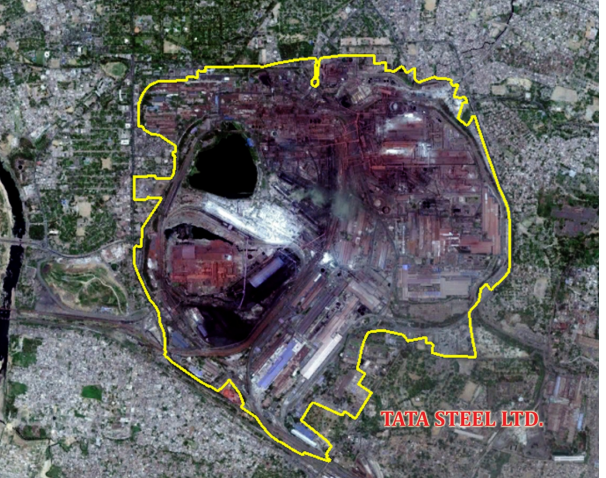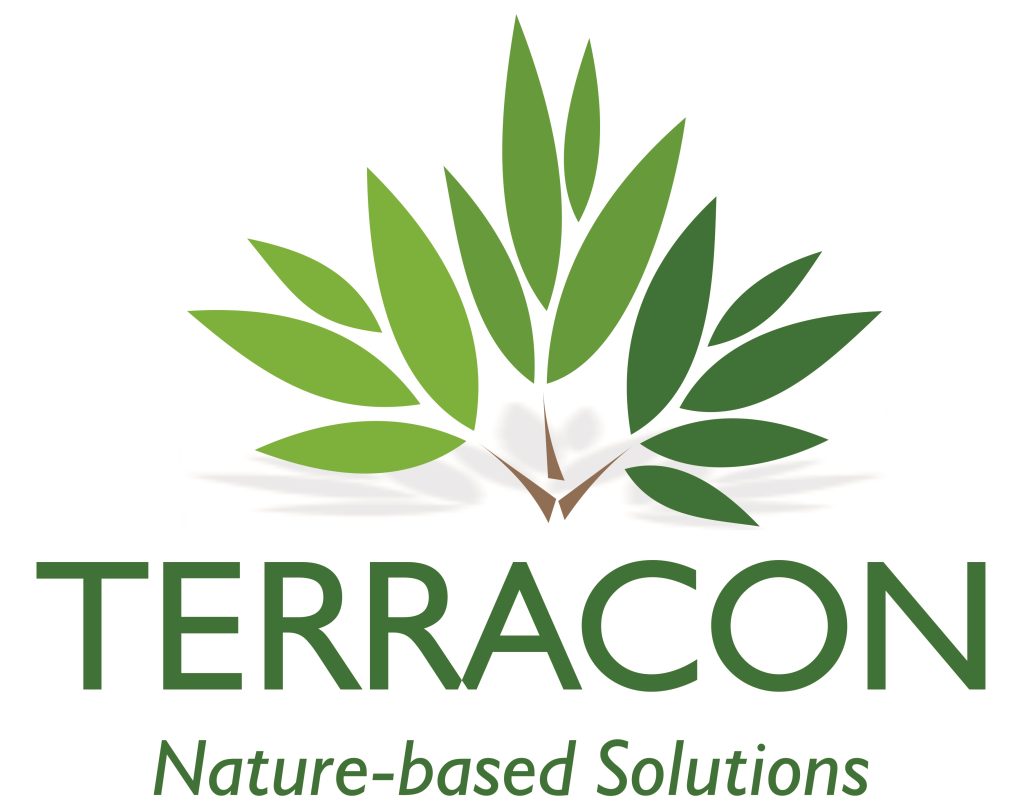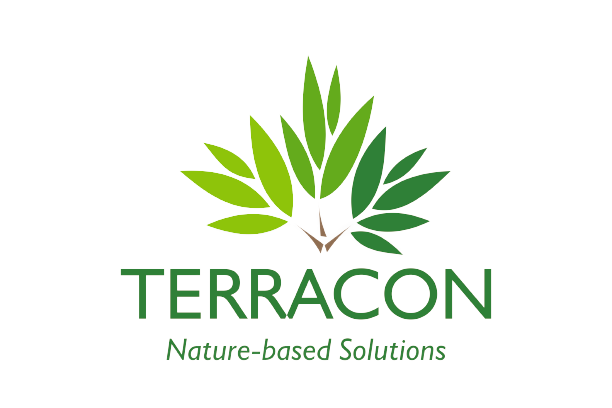Have Any Questions ?
Greenbelt Assessment and Upgradation Plan for TATA Steel Limited
The transformative Greenbelt project in Jamshedpur, an effort between Terracon Ecotech and TATA Steel, aimed at preserving biodiversity and promoting ecological balance

Project Area Map: Tata Steel Limited, Jamshedpur
Service Provided
Ecological Consultation
Greenbelt Assessment
Tree Census
Sectors
Steel Industry
Introduction
Embarking on a ground breaking partnership, Terracon Ecotech and TATA Steel joined forces in a collaborative effort to undertake a pivotal initiative in Jamshedpur in the year 2016. This transformative endeavour unfolds as a testament to the shared commitment of both entities toward environmental responsibility. Rooted in a purposeful vision, this initiative centres around the creation and enhancement of a resilient Greenbelt, not only optimizing the urban landscape but also contributing significantly to TATA Steel’s overarching commitment to combat climate change at the local level. In this alliance, the fusion of expertise and dedication creates a powerful platform, aligning with the shared goal of preserving the environment, promoting biodiversity, and charting a sustainable path toward a greener, healthier future.
Project Description
Established in 1907, Tata Steel Limited is the 6th largest global steel producer, with its expansive Jamshedpur plant spanning 714.3 hectares, presenting a considerable environmental impact. The magnitude of this steel plant requires substantial capital and natural resources, leaving a lasting imprint on the environment and local ecosystems. In response, Tata Steel has consistently led conservation efforts, aligning with their commitment to sustainable practices.
To address the environmental footprint, the implementation of a Greenbelt around such an industry is imperative. A Greenbelt, an open land area encircling an industrial site, acts as a buffer zone between the facility and the surrounding environment. It serves to optimize urban aesthetics, improve air quality, preserve biodiversity, and provide spaces for recreation and environmental education.
Tata Steel, a pioneer in environmental stewardship, recognizes the significance of the Greenbelt. This project focuses on its potential to enhance the urban landscape, improve air quality, and safeguard the local ecosystem against the stresses of industrial activities. The basic information like species name, girth, height (approx.), age (approx.), canopy diameter, health wise condition and other remark, if any (primary attributes) of each trees was collected during the survey. All data were collected in field using GPS instruments. As a management tool, GPS instrument provides accurate location of each tree surveyed and aids in easy access to the collected information. A list of trees suitable for greenbelt of Tata Steel was provided. The tree species are selected in such a way that they are native to the region, have tolerance towards pollution, have evergreen foliage and a generally round or spreading type of canopy.
Methodology
The Greenbelt within the plant’s premises underwent a comprehensive survey, capturing primary attributes such as species name, girth, height, age, canopy diameter, and tree condition. Shrubs were accounted for from a two-tier Greenbelt perspective. GPS instruments facilitated the collection and recording of field data. To calculate tree density per hectare and Diversity Indices, the project area was divided into 500m x 500m grids. Challenging areas, like Slag Road Gate and Dam Pump House, were surveyed using a sampling method involving 41 circular plots with a 20m radius.
Tree density, frequency, and abundance were meticulously calculated and estimated. The study unveiled a remarkable presence of 85,034 trees and 9,905 shrubs, comprising 150 tree species and 28 shrub species.
Benefits
- Invasive Species Control: Systematic removal and replacement plan for invasive species with pollution-tolerant native alternatives.
- Enhanced Ecological Balance: Identification of open spaces contributing to a plan aimed at enhancing the overall ecological balance.
- Biodiversity Conservation: Comprehensive assessment revealing 85,034 trees and 9,905 shrubs, comprising 150 tree species and 28 shrub species, contributing to biodiversity conservation efforts.
Outcome
Action strategies were proposed to replace invasive trees with native species featuring round or spreading canopies, thereby enhancing tree canopy cover, promoting biodiversity, and facilitating effective pollution abatement. Concurrently, a roadmap of offset projects was provided to further mitigate environmental impacts.
Moreover, our assessment included a thorough survey of the current greenbelt area surrounding the industry. Through this survey, we identified areas for improvement and offered solutions to enhance the green cover efficiently within the vicinity. This involved the strategic planting of native trees known for their significant contribution to carbon sequestration. Simultaneously, we recommended the removal of invasive or unhealthy trees with minimal chances of survival, replacing them with the aforementioned native species.
The systematic plantation layout is strategically designed to serve as a buffer against air and noise pollution, particularly in sensitive areas such as Railway Tracks, Coal Stock, and the Scrap Yard. This proposed design not only underscores ecological significance but also significantly amplifies carbon sequestration levels within the green cover. Implementation of these strategies is imperative for augmenting diversity, mitigating pollution, increasing tree canopy cover, and enhancing carbon sequestration in the factory area.
Terracon Ecotech Pvt. Ltd. © 2024 All Rights Reserved | Privacy Policy | Disclaimer | Copyright | Maintained By VisioSoft Solutions



